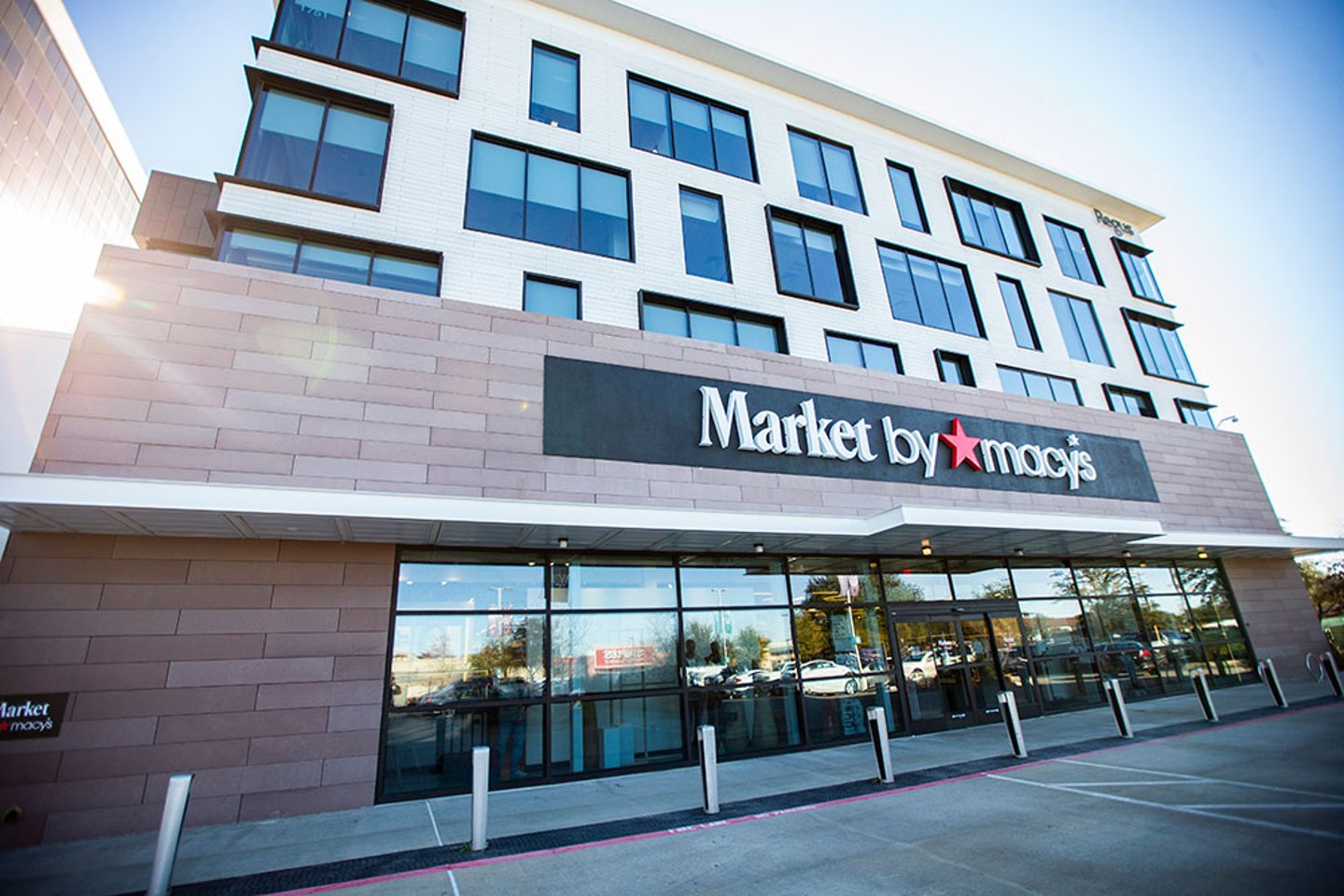Retail real estate makes big comeback in the down economy of 2022
As inflation squeezed American’s budgets ($5-a-dozen eggs?), tenants like food purveyors and athleisure makers were inflating rents, snapping up more available real estate in 2022 than they have in five years.
According to a new report released by JLL, the global real estate services firm, retail tenants absorbed nearly 76 million sq. ft. of space last year, the highest level posted since 2017. That was exactly twice as much space as they absorbed in 2019.
Leading the lease negotiation pace were restaurants, discounters, supermarkets, and apparel stores. Theaters, fitness centers, and a widely divergent spate of active entertainment centers also proved to be aggressive expanders. Cinemas and music venues saw the biggest return of traffic, up 51.8% over 2021. Fitness finished second with a 26.5% increase.
Rents went up in all retail sectors, paced by neighborhood centers (+0.9%) and strip centers (+0.8%). That’s because vacancy rates were also down across the board in a year when new retail construction was nearly nonexistent. The lowest average vacancy rate nationwide was the 2.5% posted by general retail. Malls, at 8.5%, had the highest.
Rent growth was rampant in densifying Sunbelt metros. Nashville recorded the highest average increase of 10.9%, followed by Charlotte and Tampa (8.2%), Orlando (7.7%), Las Vegas (7.6%), Phoenix (7.3%), and Miami (7.2%).
Retail space occupiers building bigger presences were led by restaurants with 3,376 new locations in 2022 and discount and variety chains that opened 1,864 new stores. More apparel stores opened (454) last year than grocery stores (296).
The stores signing all those leases continue to get smaller, JLL reported. It was the year that saw the introduction of under 50,000-sq.-ft., “curated” department store concepts such as Bloomingdale’s Bloomies, which debuted last year at Westfield Old Orchard in Skokie, Ill. Market by Macy’s, another curated concept, opened in 2020 and is expanding nationwide.
Given rising costs, many retailers will look to make every square foot of store space count,” observed the JLL analysis, which reported an average new lease size drop from 3,700 sq. ft. in 2015 to 3,185 in 2022.
Among those were stand-alone brands like Ulta, which debuted branded sections in Target stores, and Petco which did the same in Lowe’s locations.


